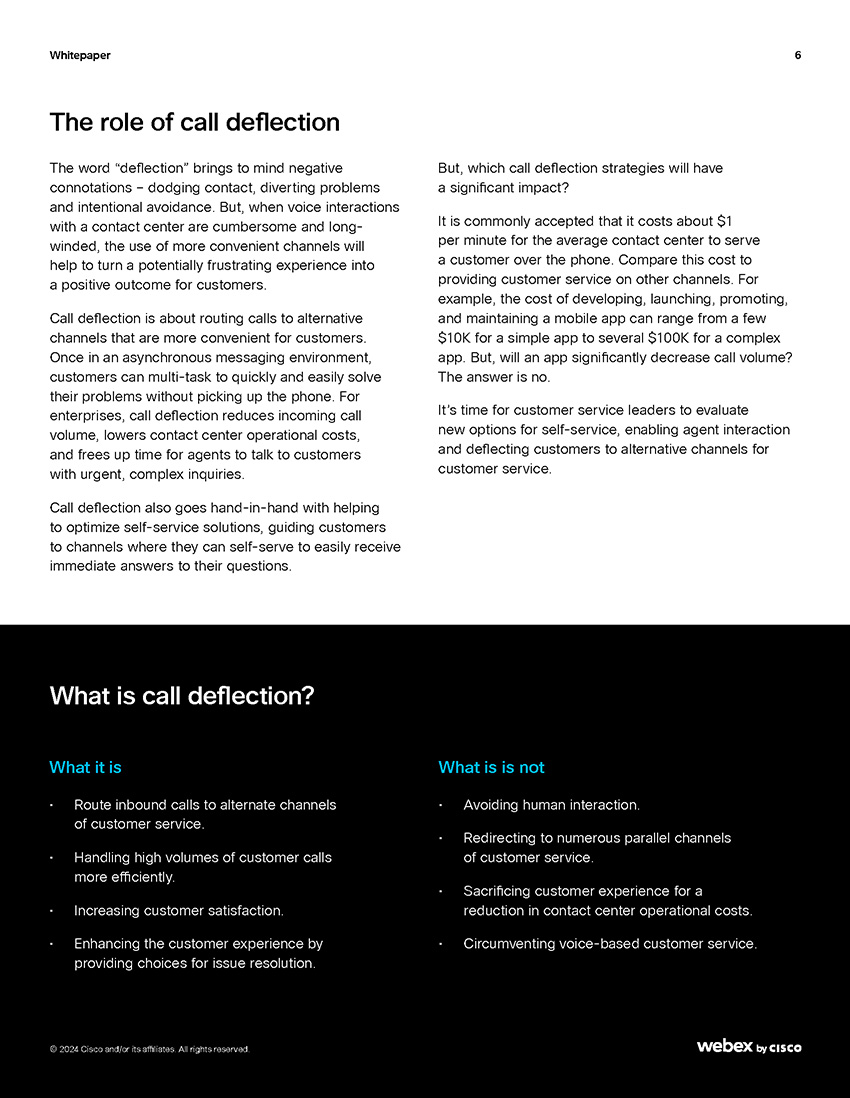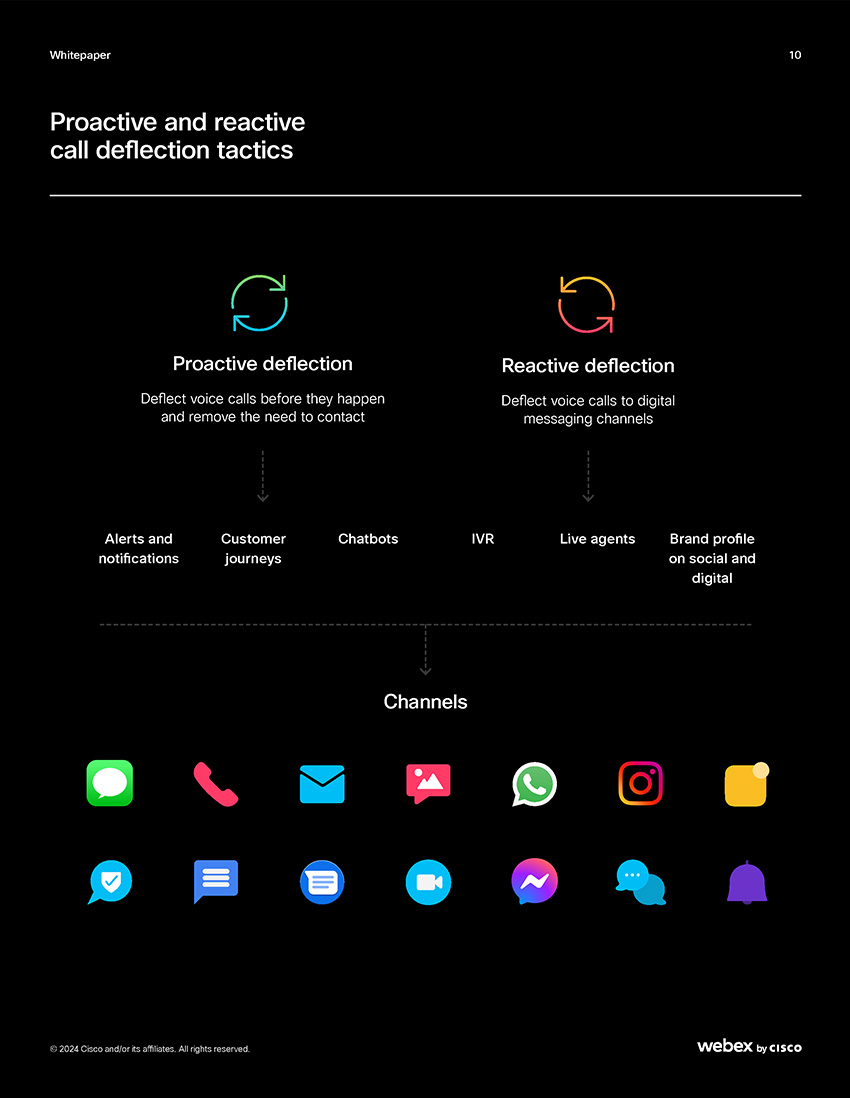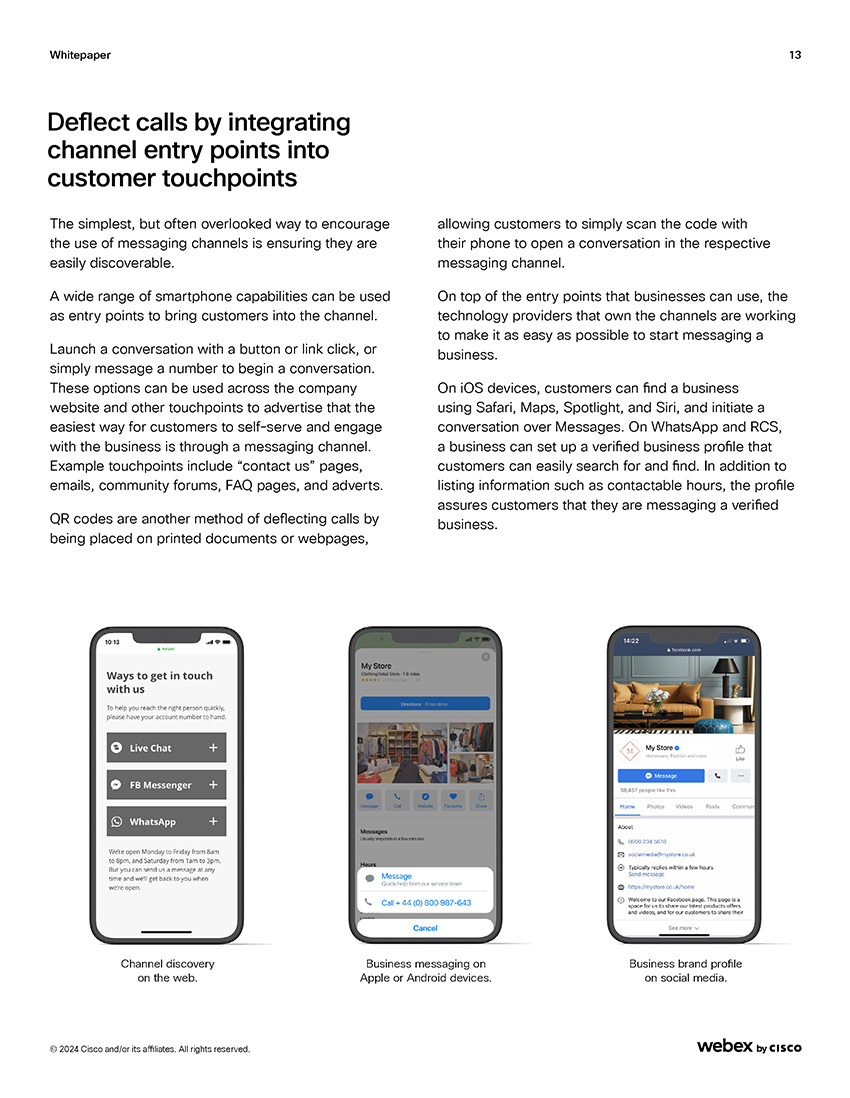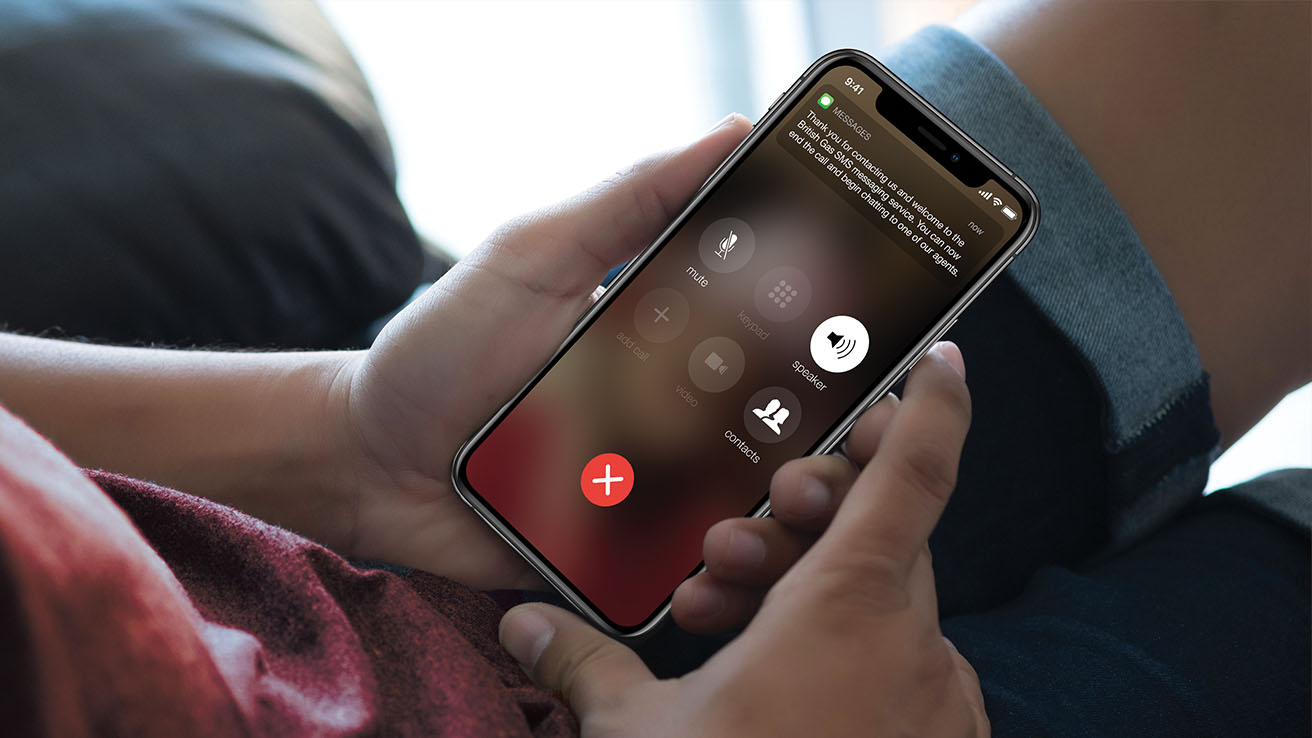Call deflection tactics for success.
Call deflection goes hand-in-hand with optimizing self-service solutions, guiding customers to channels to help find an answer, before making that call to speak to someone.
So what are the most effective and efficient ways to do this?



73% of customers want to solve product or service issues on their own.
When customers can’t find the answer they are looking for quick enough, they will end up calling your business. So, brands who fail to meet customer expectations through self-serve, will inevitably invest in large contact center teams to help solve the problem.
And what's more, businesses realize the strategic impact of customer self-service on the overall customer experience, but fall short in demonstrating benefits.
Optimize your call deflecton strategy by learning how to:
Deflect inbound calls to cost-efficient digital channels.
Leverage AI and virtual assistants to provide self-service solutions.
Stop preventable calls through proactive two-way messaging and notifications.
How to move customer interactions from calls to messaging.
The word 'deflection' might bring to mind negative connotations - diverting problems and avoiding customer contact. But, companies that deflect calls by providing channel choice and pre-empting customer problems deliver a better experience, improve retention rates, and reduce operational costs.
In this whitepaper, we look at how contact centers are able to deflect inbound calls to communicate through channels like WhatsApp Business, RCS and Apple Messages for Business. These are the new generation of two-way messaging channels that enable customers to find the answers they need without calling the contact center.
